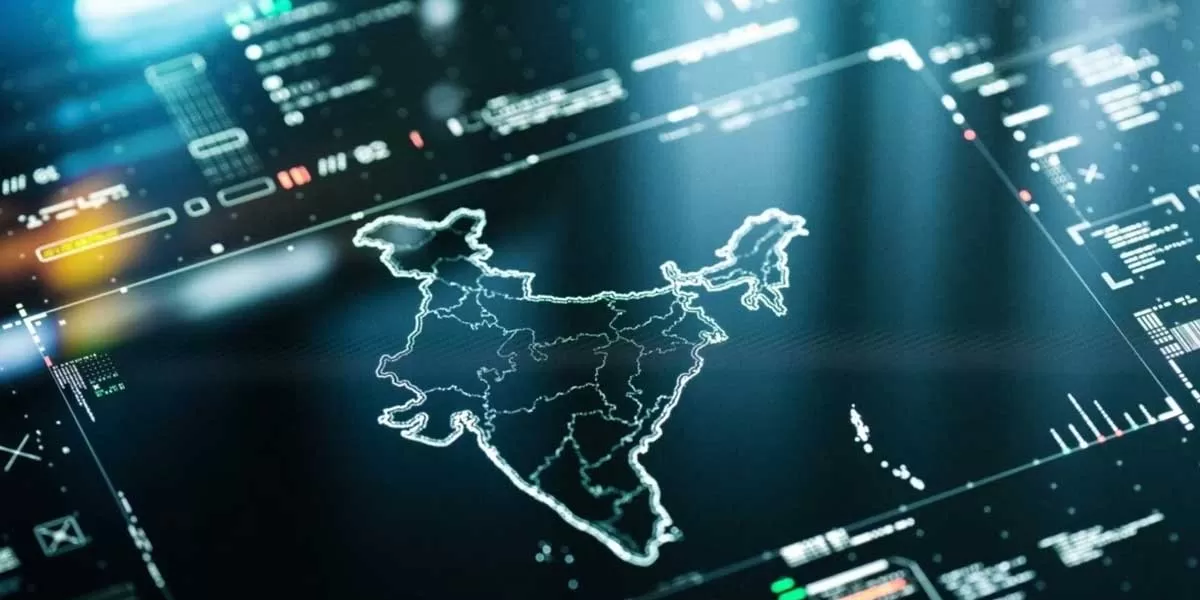Unlocking India's AI Trade Potential: Challenges and Pathways
Explore India's AI trade landscape, uncovering challenges and opportunities for growth through government initiatives, partnerships, and domestic innovation.

India's AI Trade Landscape: Challenges and Opportunities
In recent years, India has been accelerating its economic growth through diversification of exports and digital transformation. However, a critical gap in India's trade strategy has been highlighted: the lack of a robust AI trade sector. This absence is pushing investors towards more volatile, high-growth bets, as reported by Reuters. Let's delve into the background, current challenges, and potential opportunities for India in the AI trade arena.
Background: India's Economic Growth
India's economy has been on a growth trajectory, with exports playing a significant role. The country's export sector has shown remarkable resilience, growing at a rate of 7.1% in 2024, outpacing the global average of 2.5%[1]. This growth is supported by government initiatives such as the Production Linked Incentive (PLI) scheme, which has boosted manufacturing across various sectors, attracting substantial investments and creating jobs[1].
However, despite these achievements, India faces challenges in leveraging Artificial Intelligence (AI) as a key component of its trade strategy. AI is increasingly becoming a crucial driver of global trade, with surging demand for AI-related goods[5].
Key Challenges in AI Trade
India's current lack of a robust AI trade sector poses several challenges:
-
Investment Diversification: The absence of a strong AI trade sector leads investors to seek high-growth but volatile investments, which can be risky and unpredictable.
-
Competitive Disadvantage: Without a significant presence in AI trade, India risks falling behind other countries that are actively developing and exporting AI technologies.
-
Missed Opportunities: AI is a rapidly expanding field, and failing to capitalize on it could mean missing out on substantial economic benefits and technological advancements.
Opportunities for Growth
Despite these challenges, India has opportunities to develop its AI trade sector:
-
Government Initiatives: The Indian government has shown willingness to invest in digital infrastructure and innovation. Initiatives like the India–UK Joint Centre for AI aim to advance AI across various sectors, providing a foundation for AI trade development[3].
-
Collaboration and Partnerships: Strategic partnerships with other countries, such as the UK, can help India access advanced AI technologies and expertise, potentially bridging the gap in AI trade[3].
-
Domestic Innovation: India has a vibrant startup ecosystem and a strong pool of tech talent. Fostering innovation and entrepreneurship in AI can help build a domestic AI industry capable of competing internationally.
Industry Impact and Future Outlook
The impact of India's lack of AI trade extends beyond the economic sector. It affects the country's competitiveness in the global market and its ability to leverage AI for societal benefits. However, with the right strategies and investments, India can still capitalize on the AI trade opportunity.
-
Global Trade Trends: Global merchandise trade is expected to slow down in 2026 due to tariffs, but AI-related goods are bucking this trend, offering a potential growth area for India[5].
-
Digital Infrastructure: Enhancing digital infrastructure through initiatives like the National Single Window System and ICEGATE can facilitate smoother trade operations and attract more investments in AI[1].
In conclusion, while India's lack of AI trade poses immediate challenges, it also presents opportunities for growth and innovation. By leveraging government initiatives, international partnerships, and domestic talent, India can develop a robust AI trade sector, enhancing its economic competitiveness and positioning itself as a leader in the global AI market.
Additional Context:
-
India-China Trade Strategy: Amidst global trade tensions, India is reassessing its trade strategy with China, recognizing the importance of engaging with the world's second-largest economy[2]. This shift could also influence India's approach to AI trade, considering China's significant advancements in AI technologies.
-
India's Digital Exports: India's digital exports are seeing growth, bucking the trend of slowing global trade[5]. This momentum could be leveraged to focus on AI-related exports, providing a niche for India in the global market.
Image Suggestions:
- India's Digital Infrastructure: Images of India's digital infrastructure, such as data centers or innovation hubs focused on AI.
- AI Technologies: Visuals of AI technologies, such as robots or AI labs, to illustrate the potential of AI in India's trade sector.
- Government Initiatives: Images related to government initiatives like the PLI scheme or the India–UK Joint Centre for AI.
- Indian Startups: Photos of Indian startups working on AI projects to highlight domestic innovation.
These images can help illustrate the growth potential and current challenges in India's AI trade landscape.
References and Additional Reading:
- For more information on India's economic growth and export strategies, visit the Press Information Bureau.
- To understand the shift in India-China trade relations, refer to Policy Circle.
- For insights into India's AI collaborations, explore the India–UK Joint Statement.



